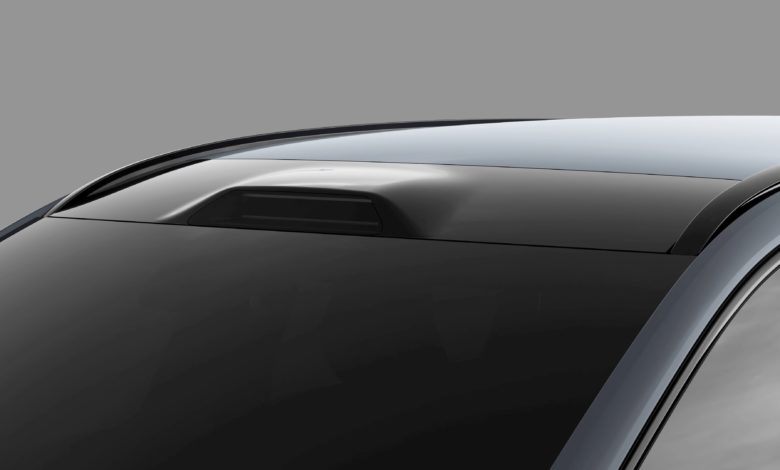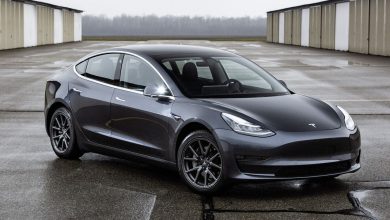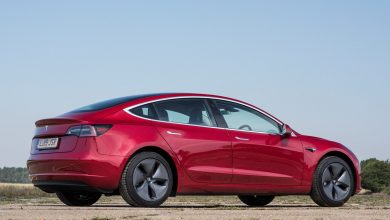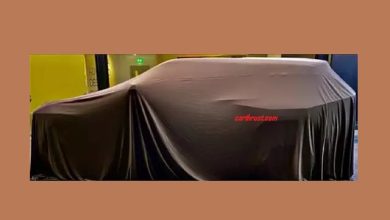All future Volvo cars to have Luminar’s LIDAR technology for better ‘hands free driving’
The production models using Luminar's LIDAR technology will be available from 2022, and this technology uses high powered lasers for road guidance.

Volvo is very well known for its safety standard in cars and they have rightfully earned the tag for ‘safest automaker’. But that is an already established fact, we all are aware of this. Although, a little something that we did not know, was the fact that Volvo will be equipping their vehicles with LiDAR from 2022. To think of it, a roof mounted LiDAR sensor is probably the smartest looking and probably the best working LiDAR integration in a vehicle.
What is LiDAR you think to yourself, well LiDAR is an acronym for light detection and ranging. LiDAR has been hugely helpful in studying the surface of the Earth, atmospheric physics, seismology, laser guidance and a few other applications. It is clear that LiDAR is often used for complex studies, and now Volvo intends on using this extremely advanced laser based technology in cars.
After Volvo makes use of LiDAR in their cars from 2022, they will become the first auto brand in the entire auto industry to do so, which begs the question, if the technology has been there, why has no one else used it yet? The answer is simple, LiDAR technology is extremely expensive, with most suppliers charging $75,000.
However, Volvo has found a LiDAR supplier who can manufacture these LiDAR based sensors at a price, ‘practical’ enough to use in consumer based vehicles. Volvo will be partnering up with Luminar, who had recently said that their iris based LiDAR costs around $1000. Furthermore, if this technology were to be used for driving purposes, Luminar would probably charge $500. If Luminar is actually able to deliver LiDAR based sensors at $500, it will truly be unbelievable, and will surely give Volvo a massive edge against the other auto brands.
Luminar is a Silicon based tech firm, and along with them, Volvo intends on making automated driving safer, more convenient and seamless. Currently brands like Audi, BMW, Google, General Motors and Tesla trying to develop functional driver less cars, amongst whom, in my opinion Tesla performs the best from the rest. Tesla uses RADAR (Radio Detection and Ranging), GPS, maps, sensors and cameras to achieve the autonomous driving feat that it has achieved. Elon Musk has even gone on to say that ‘LiDAR is a fool’s errand’, well Volvo has taken this up and for now they do not appear to be fools in any way.
Volvo is quite determined to use LiDAR in their vehicles, and they believe that all of their second generation SPA 2 (Scalable Product Architecture) would come fitted with LiDAR fitted as a standard feature. Luminar has something called Iris LiDAR sensors and these sensors are the size of thick broad book, and a sensor of this size could be integrated into the roof of the car.

With these iris sensors, the driver of the car can enjoy the many benefits of autonomous driving. However, this does not mean that you can take your hands off the wheel at all times, that kind of technology is yet to be achieved, but it is being worked on. The software which triggers the ‘Highway Monitor System’ will initiate it, when the software confirms that the environment around the vehicle is safe for autonomous functioning. This is very much like the technology offered by Tesla, the only difference being that Tesla does not have ‘full self driving’ and LiDAR based Volvo cars will.
Henrik Green, Chief Technology Officer of Volvo said “Soon, your Volvo will be able to drive autonomously on highways when the car determines it is safe to do so. At that point, your Volvo takes responsibility for the driving and you can relax, take your eyes of the road, and your hands off the wheel.
With this, it seems to suggest that Volvo are confirming the fact that they will be able to reach Level 3 Autonomous Driving, a feat that no other automaker has been able to pull off. As difficult as this is to believe, I would absolutely look forward to a future where our cars autonomously drive themselves like they did in the movie I,Robot. Furthermore, by saying this, Green also states that Volvo will take complete liability for their car’s actions after the self driving mechanism is initiated. This shows that only do Volvo have belief in their LiDAR project, but they seem confident and certain of making full self driving a reality.

We should have guessed that Volvo was moving towards this line of technology, as they had made a ‘strategic investment’ in Luminar back in 2018. Now Volvo has signed an agreement with Luminar which allows Volvo to increase the minority stake that they have with them. With Luminar, Volvo might just be able to revolutionise ‘autonomous’ driving forever.
Luminar’s CEO and founder Austin Russell said “Volvo is recognised as the pioneer of automotive safety, having driven standardisation across the industry for the most advanced life-saving technologies. The next era of safety lies within autonomous driving and once again, Volvo has taken the lead with a major industry milestone”. Clearly Luminar and Volvo together are going to upgrade ‘safety’ and ‘autonomous driving’ in cars, and the other autobrands, especially Tesla will not be very happy to hear about this.
Volvo’s trademark ‘Highway Pilot’ feature will be offered first in the XC90 SUV which will be launched in 2022. Auto motor technology is changing and improving almost everyday, whether it is alternative environmentally friendly powertrains, high speed records, new safety systems, autonomous driving. In the coming years, it seems driving as we know it is going to change, and I for one cannot wait for that to happen.




